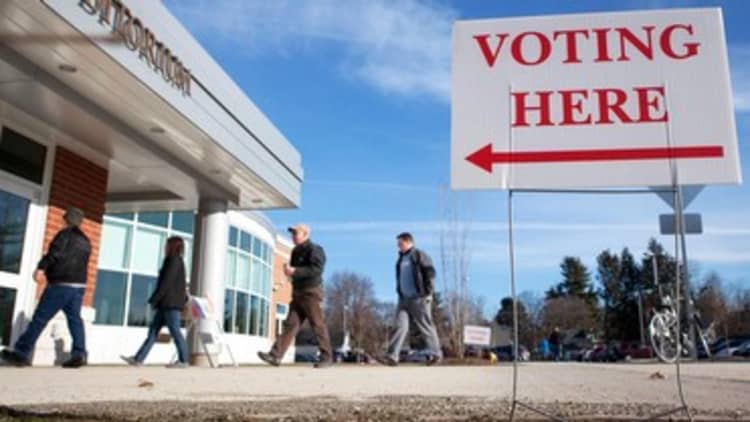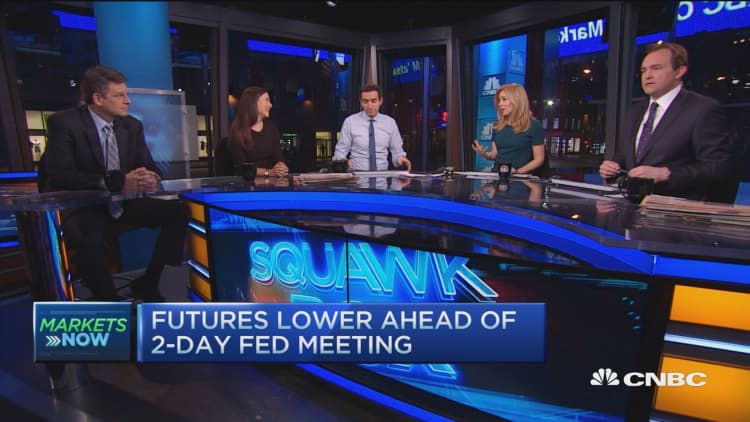


Policymakers at the U.S. Federal Reserve are in danger of failing to see the real path of inflation rates and stoking market volatility in the process, according to new research by multinational investment firm Pimco.
According a company blogpost, the central bank hasn't fully understood the real reasons behind a recent collapse on the breakeven inflation rate — an important metric used to gauge longer-term trends in consumer price growth. This breakeven rate is the difference between the yield on a fixed-rate bond and an inflation-linked bond such as a Treasury inflation-protected security (TIPS).
"We believe the Fed's dismissal of market-implied breakeven inflation rates may have increased volatility in the markets due to a loss of faith in either the Fed's understanding of market signals or its desire to achieve its inflation goal," Jeremie Banet and Mihir Worah, both portfolio managers at the Newport Beach-company, said in a blogpost on the company's website late Monday.
"Confidence in the Fed's analysis of market and economic data and its objectives is key to successful monetary policy. We believe the Fed may have undermined this," they added.
Weak inflation, and possible deflation - when consumer prices start to fall -- have been hot topics for the last few years in the global investment community. The plunge in the price of oil has led some economists to believe that weak demand for the commodity is also a signal of wider trends in consumption.
The Fed has previously argued that the collapse in the breakeven inflation rate metric is down to a liquidity premium in the TIPS market. Indeed, a report by the Atlanta Fed in January this year said that long-run inflation expectations remain "stable and anchored." However, the Pimco strategists believe that this would only be credible if the TIPS market was falling in isolation and pointed to falling equity markets, widening credit spreads and increased market volatility.
However, in its own study with a slightly different approach, Pimco suggests that the real reason behind the collapse was either due to falling inflation expectations or an increasing risk premium and associated uncertainty around the inflation forecast.
"Both of these should lead the Fed to be nervous about achieving its inflation goal, which it has missed for the last several years," the blogpost said. It adds that the Fed's current model would wrongly attribute the change in inflation expectations to liquidity even if inflation expectations were not stable.
"The Fed seems to be dismissing the possibility that the narrative could well be that diminishing monetary policy returns as well as tighter monetary policy in the U.S. despite years of sub-target inflation and global inflation headwinds have pushed inflation expectations lower," it added.
The Federal Reserve's statutory mandate, noted on its website, is for "inflation at the rate of 2 percent", using the personal consumption expenditures index (or PCE). This, however, remains well below target.





